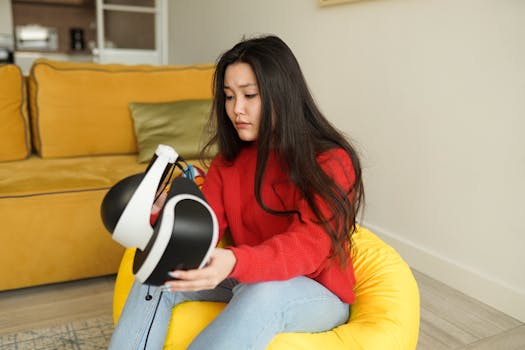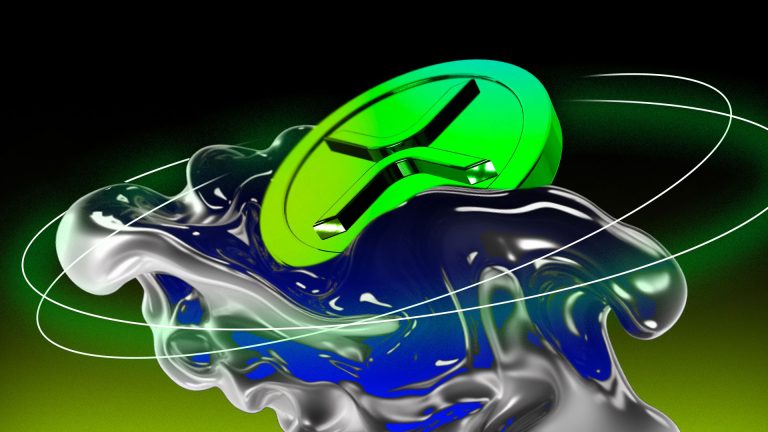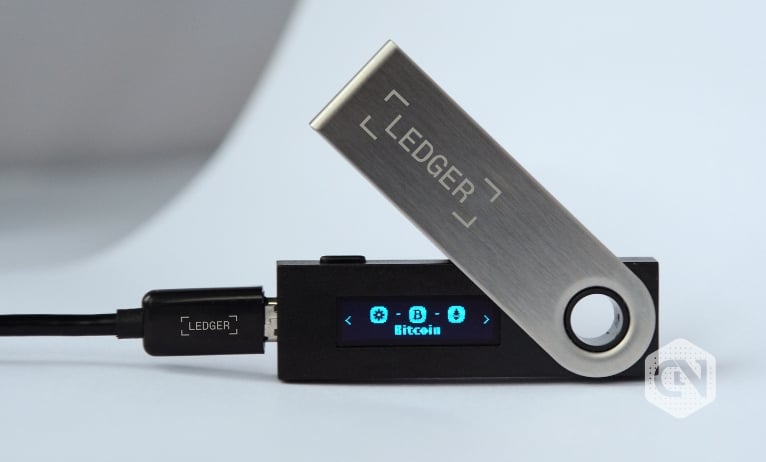
Smart Homes 2025: The Rise of AI-Driven Devices
Introduction to Smart Homes
Smart Homes 2025: The Rise of AI-Driven Devices is the future of living. The concept of smart homes has been around for several years, but it’s only recently that we’ve seen a significant surge in the adoption of smart home devices. With the rise of artificial intelligence (AI) and the Internet of Things (IoT), smart homes are becoming increasingly sophisticated, making our lives easier, more convenient, and more enjoyable.
At the heart of smart homes are AI-driven devices that can learn, adapt, and respond to our needs. These devices can control everything from lighting and temperature to security and entertainment systems. In this article, we’ll explore the world of smart homes in 2025 and the AI-driven devices that are driving this revolution.
What are Smart Homes?
A smart home is a residence that is equipped with advanced technology and devices that can be controlled and monitored remotely. These devices can include thermostats, lighting systems, security cameras, door locks, and entertainment systems, among others. The primary goal of a smart home is to provide a convenient, comfortable, and secure living space for its occupants.
Smart homes use a combination of sensors, actuators, and microcontrollers to collect and process data, which is then used to control and automate various aspects of the home. This data can include temperature, humidity, light, and motion, among others. By analyzing this data, smart home devices can learn the habits and preferences of the occupants and adjust their behavior accordingly.
AI-Driven Devices in Smart Homes
AI-driven devices are the backbone of smart homes. These devices use machine learning algorithms to learn and adapt to the habits and preferences of the occupants. They can control everything from lighting and temperature to security and entertainment systems.
Some examples of AI-driven devices in smart homes include:
- Smart thermostats that can learn the temperature preferences of the occupants and adjust the temperature accordingly.
- Smart lighting systems that can adjust their brightness and color based on the time of day and the activities of the occupants.
- Smart security cameras that can detect and respond to suspicious activity.
- Smart speakers that can control and automate various aspects of the home, such as lighting, temperature, and entertainment systems.
Benefits of Smart Homes
Smart homes offer a wide range of benefits, including:
- Convenience: Smart homes can automate many tasks, making life easier and more convenient for the occupants.
- Energy efficiency: Smart homes can optimize energy consumption, reducing waste and saving money.
- Security: Smart homes can provide an additional layer of security, with features such as motion detection and alerts.
- Comfort: Smart homes can provide a more comfortable living space, with features such as temperature control and lighting adjustment.
Conclusion
In conclusion, smart homes are the future of living, and AI-driven devices are driving this revolution. With their ability to learn, adapt, and respond to our needs, AI-driven devices are making our lives easier, more convenient, and more enjoyable. As we look to the future, it’s exciting to think about the possibilities that smart homes and AI-driven devices will bring. Whether you’re looking to upgrade your current home or build a new one, smart home technology is definitely worth considering.





